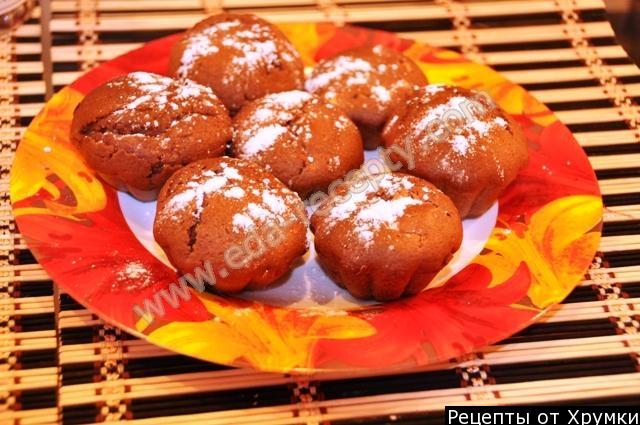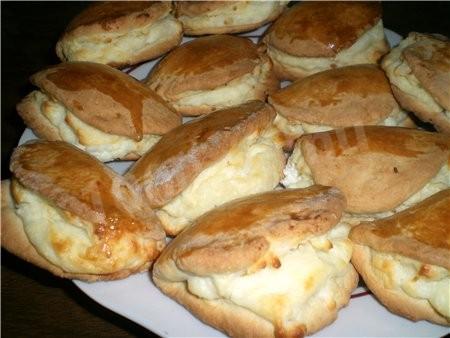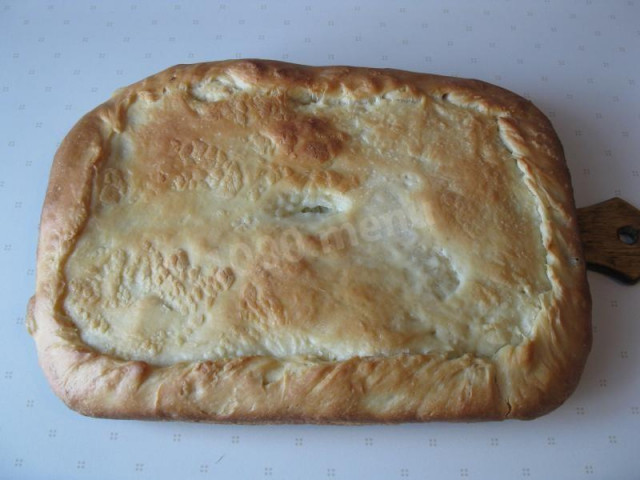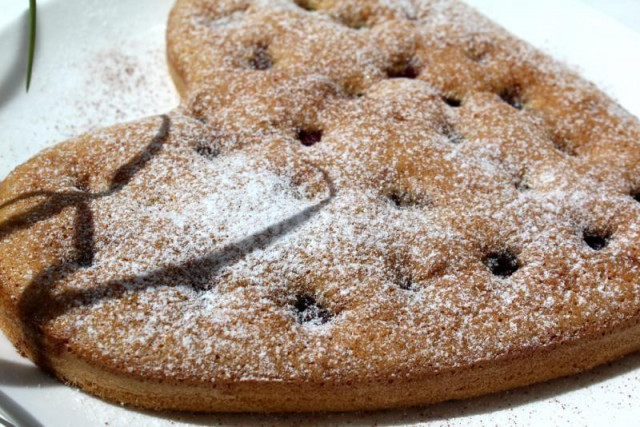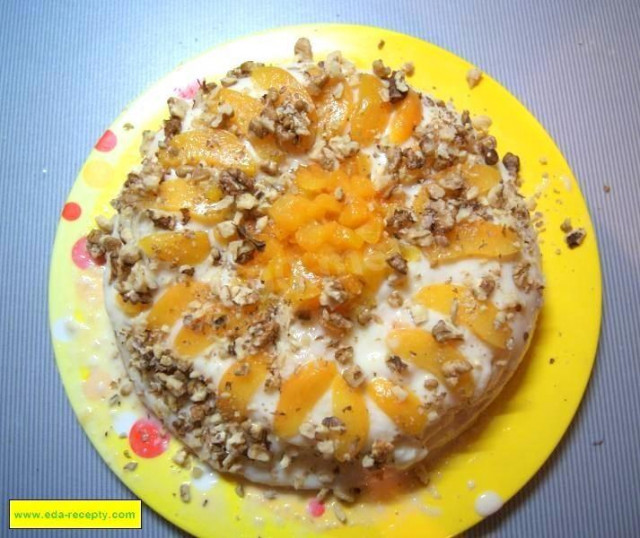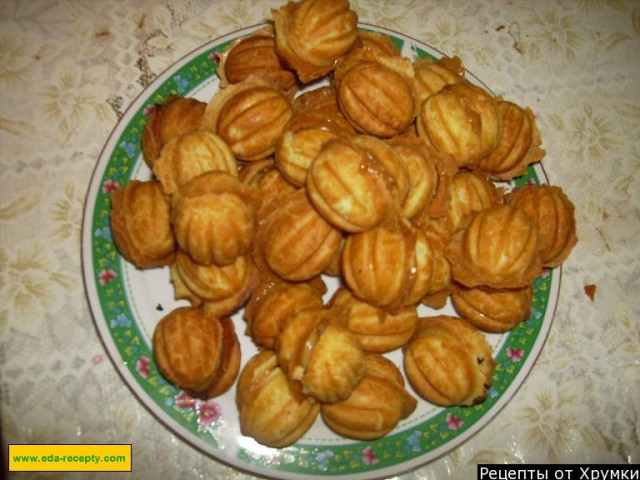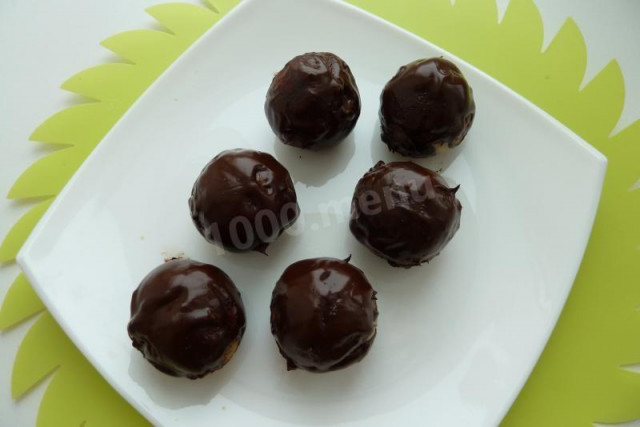Composition / ingredients
Step-by-step cooking
Step 1:
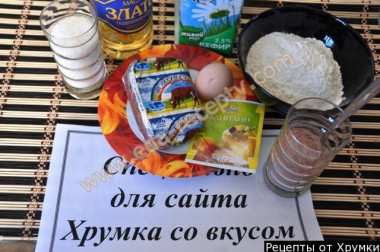
How to bake cottage cheese muffins on kefir? Prepare the ingredients.
Step 2:
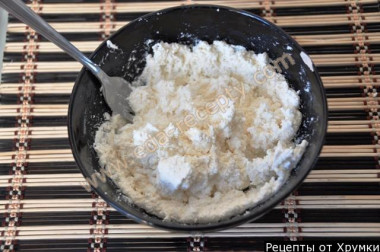
First I do the stuffing. Of course, the filling in the muffins will be cottage cheese. It needs to be ground on a large sieve and mixed with vanilla and sugar. The filling needs to be thoroughly stirred so that the cottage cheese turns into a creamy mass. I always add vanilla to the filling, but it's a matter of taste. The main thing is not to overdo it.
Step 3:
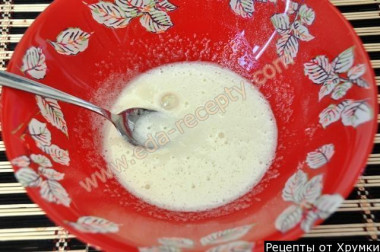
Put the filling aside. Now I proceed to the test. Sift the flour and immediately add baking powder. Then I break an egg, rub it with sugar and, constantly stirring, add butter.
Step 4:
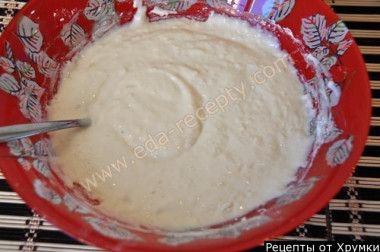
If there was no vegetable oil at hand, then I melt the butter, and add it to the egg with sugar.
Step 5:
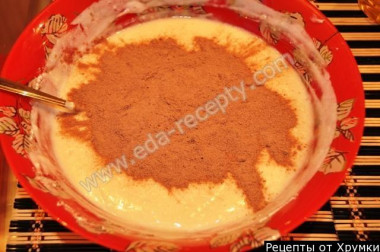
When the egg mass has become homogeneous, I add kefir and, constantly stirring, pour flour with baking powder and cocoa powder.
Step 6:
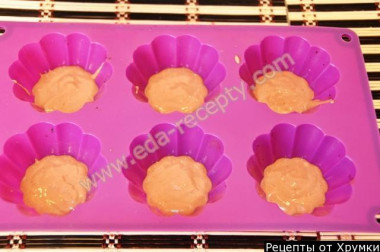
Preheat the oven to 180 degrees in advance (10-20 minutes). Now the dough can be spread out into molds and put the curd filling on top. I do not advise pouring out all the dough.
Step 7:
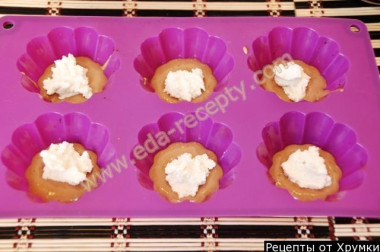
I pour half into the molds, then spread the cottage cheese filling and pour the remaining half of the dough on top.
Step 8:
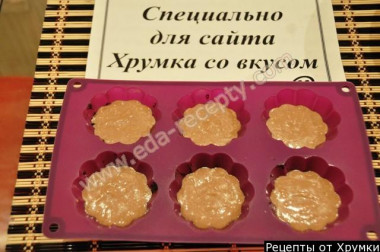
It is better to fill the forms by two-thirds, as the dough will rise. Put the molds in the preheated oven.
Step 9:
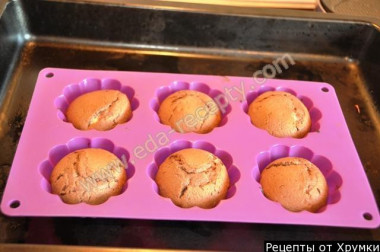
After half an hour, the muffins can be taken out of the oven and dipped in melted chocolate with the top, or you can sprinkle the muffins with powdered sugar.
Step 10:
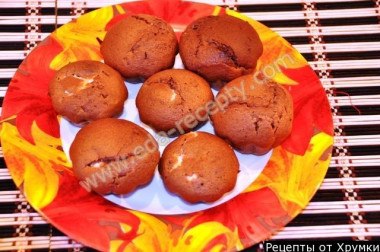
Note that the baking time and temperature are indicated approximately, focus on your oven. Bon appetit!
What is the difference between vanilla, vanillin, vanilla extract and vanilla sugar, how to use and replace them correctly, so as not to spoil the taste of the dish , read in this article .
Keep in mind that everyone's ovens are different. The temperature and cooking time may differ from those specified in the recipe. To make any baked dish successful, use useful information about the features of ovens !
Is it possible to replace baking powder with soda, how to add them correctly so that the baking is lush, how to avoid an unpleasant soda taste and much more, read the article "Baking powder or baking soda - which is better?"
Be prepared for the fact that flour may need more or less than indicated in the recipe. Focus not on the amount of flour, but on the desired consistency of the dough. To avoid mistakes, read about flour and its properties!
Caloric content of products possible in the composition of the dish
- Chicken egg - 157 kcal/100g
- Egg white - 45 kcal/100g
- Egg powder - 542 kcal/100g
- Egg yolk - 352 kcal/100g
- Ostrich egg - 118 kcal/100g
- Cottage cheese of 40% fat content - 466 kcal/100g
- Cottage cheese of 20% fat content - 233 kcal/100g
- Cottage cheese of 18% fat content - 226 kcal/100g
- Cottage cheese of 10% fat content - 156 kcal/100g
- Low-fat cottage cheese - 75 kcal/100g
- Cottage cheese with sour cream - 260 kcal/100g
- Fruit cottage cheese - 147 kcal/100g
- Soft dietary cottage cheese - 170 kcal/100g
- Cottage cheese "vitalinia" - 64 kcal/100g
- Cottage cheese "morning" ( "danone") without sugar - 91 kcal/100g
- Cottage cheese - 156 kcal/100g
- Whole durum wheat flour fortified - 333 kcal/100g
- Whole durum wheat flour, universal - 364 kcal/100g
- Flour krupchatka - 348 kcal/100g
- Flour - 325 kcal/100g
- Granulated sugar - 398 kcal/100g
- Sugar - 398 kcal/100g
- Kefir fat - 62 kcal/100g
- Kefir of 1% fat content - 38 kcal/100g
- Low-fat kefir - 30 kcal/100g
- Kefir "doctor beefy" 1,8% fat content - 45 kcal/100g
- Kefir 2.5% fat content - 53 kcal/100g
- Vanilla - 288 kcal/100g
- Vegetable oil - 873 kcal/100g
- Cocoa powder - 374 kcal/100g
- Baking powder - 79 kcal/100g

